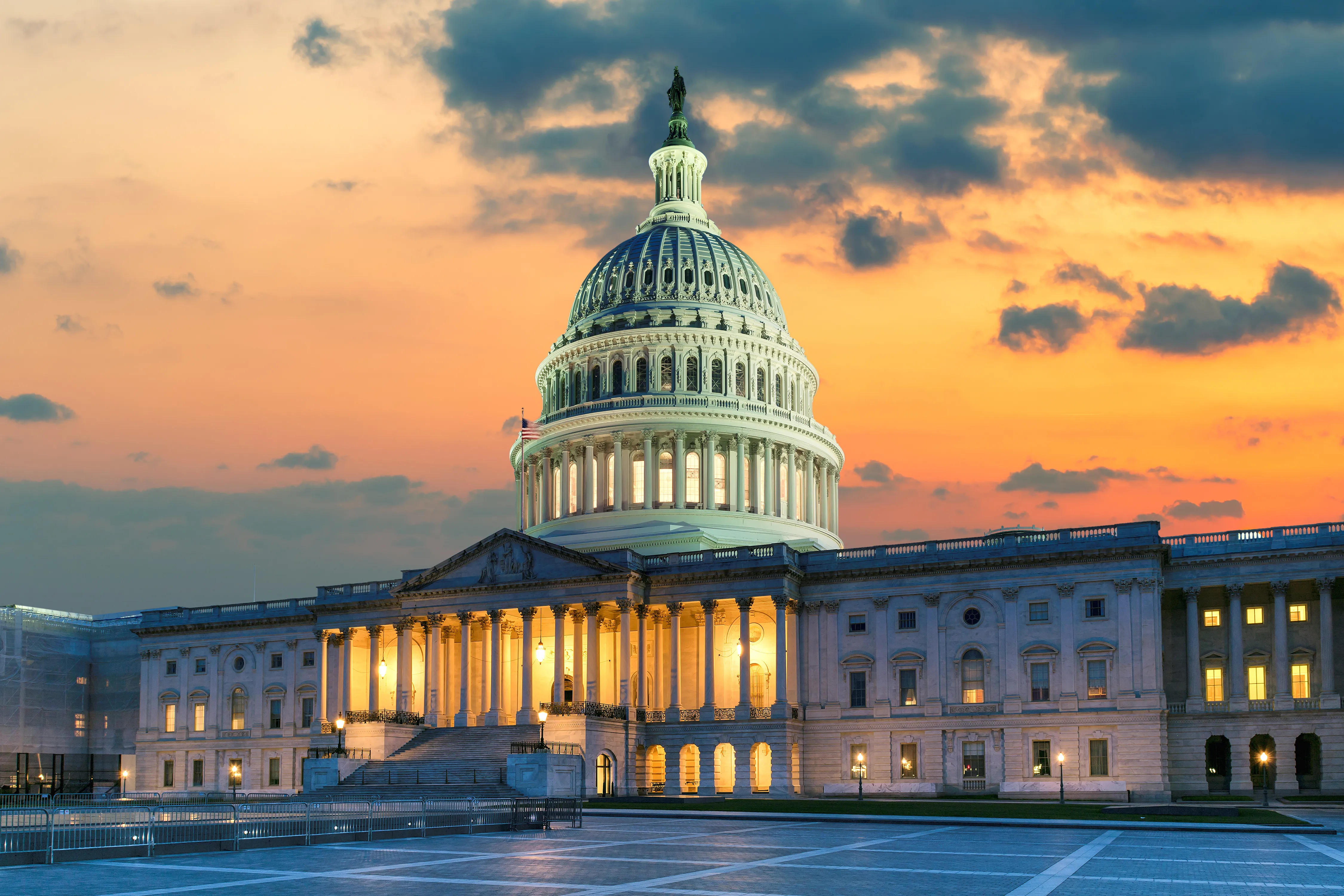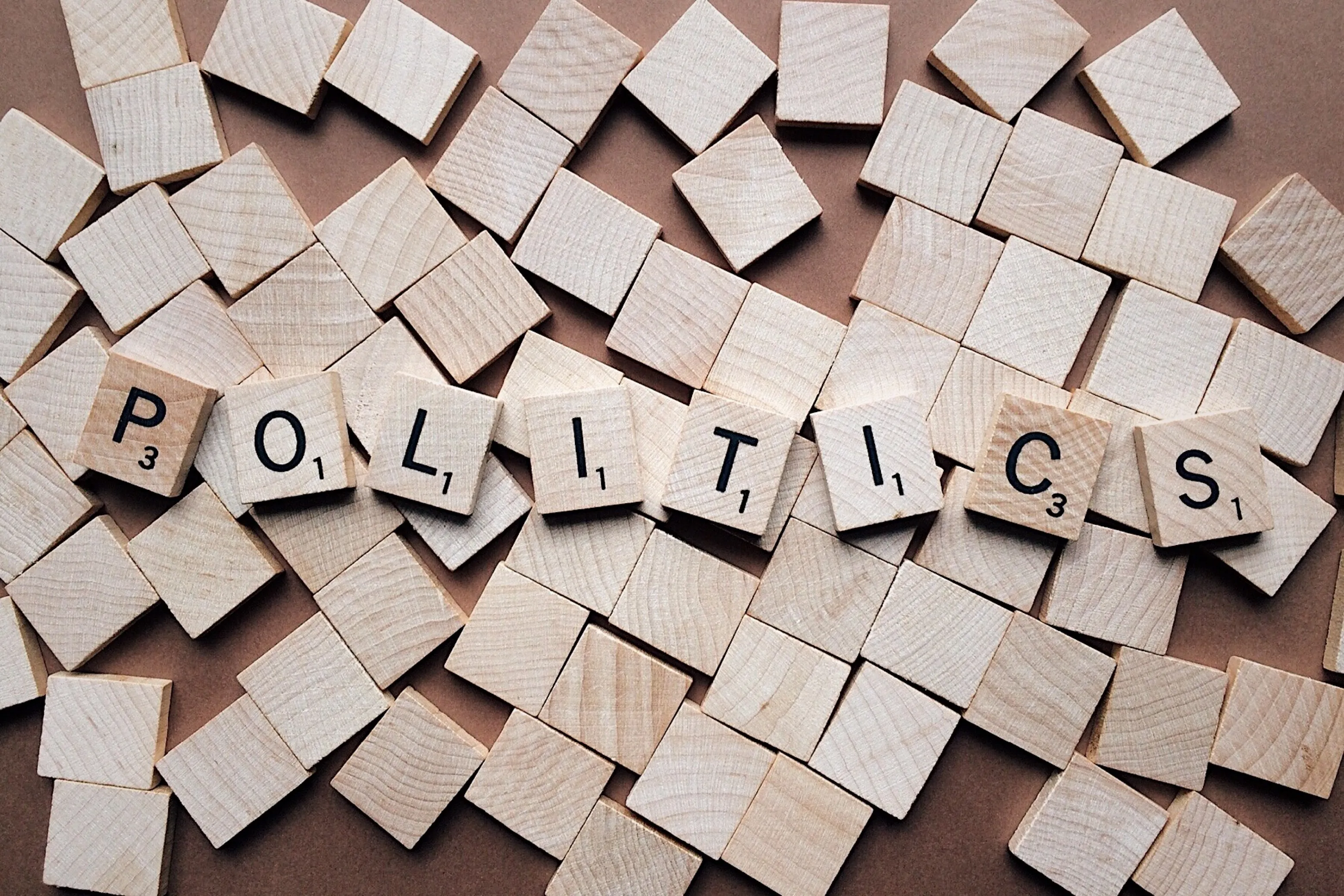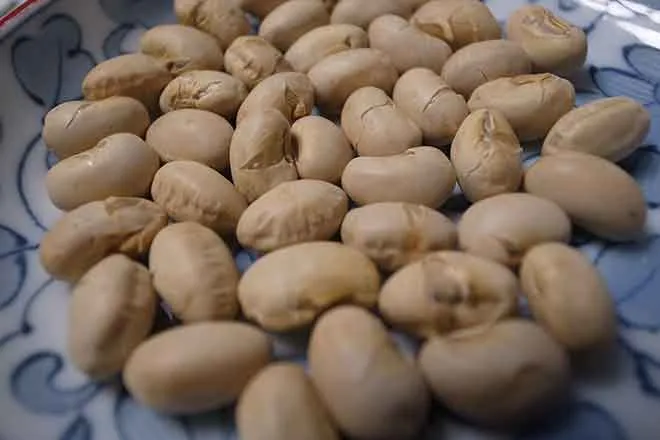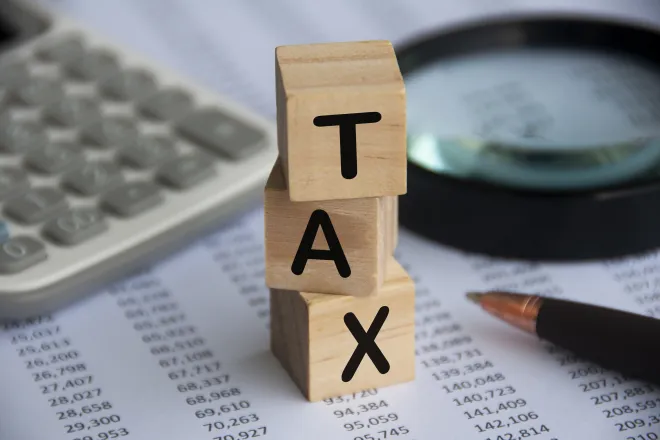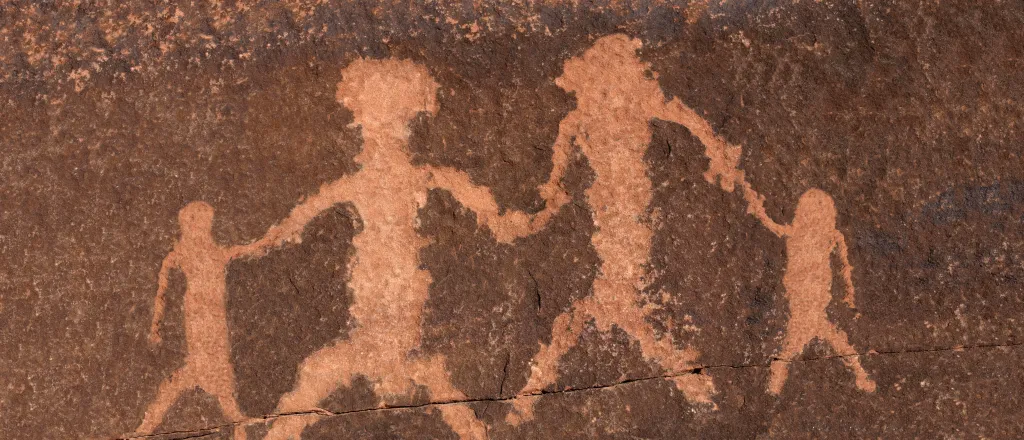
Actions by Wyoming, feds could have opposing effects on Indigenous rock art
Click play to listen to this article.
Protections for Indigenous rock art in Wyoming are in limbo after state lawmakers and the Trump administration took potentially conflicting actions related to them.
Senate File 91, which handily passed the state Legislature, increased the penalties for any kind of petroglyph or pictograph site destruction to a $750 fine and up to six months in prison.
The measure moved forward as the U.S. Department of the Interior fast-tracked energy projects through a decades-old legal review of such sites.
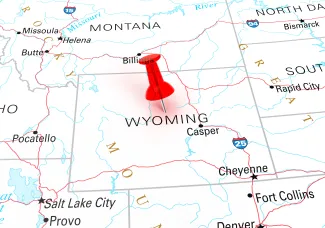
Crystal C'Bearing, tribal historic preservation officer for the Northern Arapaho Tribe, said she used to have 30 days to comment on a project, but now has seven.
"In terms of tribes, our sacred sites and our places of significance, that's our history on the ground," C'Bearing pointed out. "It's not in books, it's on the land. So it's really important for tribes to have that voice in there to protect those sites."
The original Wyoming bill included nearly $500,000 for the state's Department of State Parks and Cultural Resources to survey and make 3D models of Wyoming's petroglyphs but it was ultimately cut.
According to a 2024 "State of the Art" report, of the nearly 1,100 Indigenous rock art sites across Wyoming, about a quarter have been vandalized or defaced.
Beyond Wyoming's borders, C'Bearing noted her office provides legally mandated consultation on any projects in her tribe's ancestral migratory territory, which includes portions of 17 states. She added she takes on hundreds of requests.
"That 30-day window was barely enough time," C'Bearing contended. "Now we have to kind of prioritize those so we can push them through. But it's a challenge."
C'Bearing emphasized the office is allowed to request more time to review projects, giving consultants some leeway.



